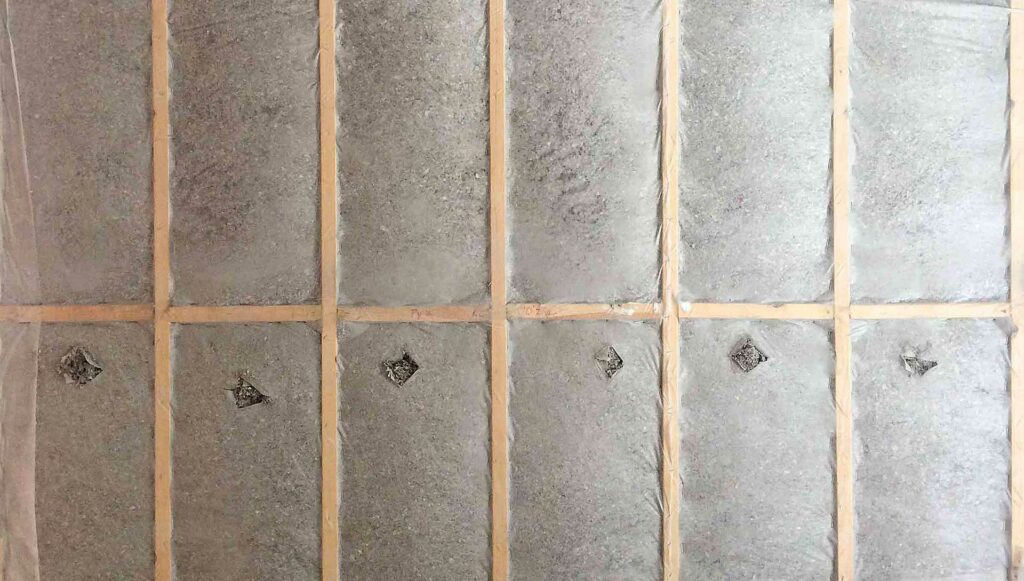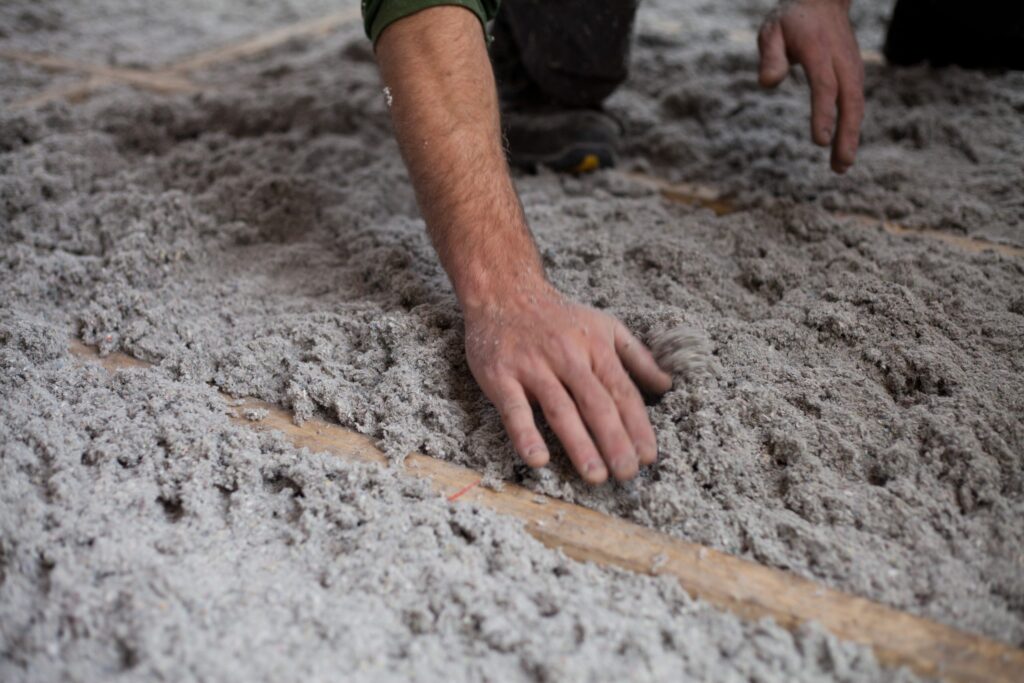The Miraculous Power of Cellulose Fibre Insulation: Protecting Homes and the Environment
We must rethink our building practices and materials in a world where climate change and environmental sustainability have taken centre stage. A frontrunner in this revolution is cellulose fibre insulation – a game-changer in sustainable construction and retrofitting. This environmentally friendly material delivers unparalleled insulation performance, promoting a more sustainable construction industry. Let’s dive into the world of cellulose fibre insulation, exploring its features, functionality, and environmental qualities.
What Is Cellulose Fibre Insulation?
Cellulose fibre insulation, often just called cellulose insulation, is a type of building insulation composed mainly of recycled paper products. The beauty of this insulation material lies in its simplicity. Despite being primarily recycled paper, it has the potential to drastically reduce energy consumption in buildings, protect against fire and pests, and ultimately contribute to a healthier environment.
Performance Features of Cellulose Fibre Insulation
When it comes to insulation materials, performance is key. Any insulation’s essential function is to slow the transfer of heat. Cellulose insulation excels in this role, providing a variety of benefits that often surpass other common insulation types.
- Superior Thermal Performance: Cellulose insulation has a high R-value (a measure of thermal resistance), typically around 3.5 per inch [1]. This means it is incredibly effective at slowing down heat flow, keeping homes warm in the winter and cool in the summer.
- Sound Dampening: Thanks to its dense nature, cellulose insulation is excellent at absorbing sound. It can help create quieter, more peaceful environments by reducing noise transmission between rooms and from outside sources.
- Fire Resistance: Unlike many people’s first impression, treated cellulose insulation is actually fire-resistant. It’s treated with borates, which have fire-retarding properties, making this insulation more fire-resistant than many of its counterparts.
- Pest Deterrent: The same borates that provide fire resistance also deter pests. Rodents, insects, and other pests are typically repelled by this substance, contributing to the material’s longevity.
Functional Adaptability
Beyond performance, the functionality of cellulose fibre insulation is also commendable. This product can be installed in a variety of ways, making it a versatile solution for a wide range of buildings.
- Loose-Fill Installation: Also known as blown-in insulation, this involves blowing the cellulose fibres into spaces using special equipment. It’s an excellent option for retrofits and hard-to-reach spaces in the attic.
- Dense-Pack Installation: In this method, cellulose is densely packed into cavities, which prevents settling and provides a higher R-value per inch at R-4 per inch.
- Wet-Spray Installation: This involves adding a small amount of water to the cellulose as it’s sprayed into wall cavities. The moisture helps the cellulose adhere to vertical surfaces without sagging and dries rapidly without the risk of mould.

Dense-Pack Installation On Walls
Environment and Materials Qualities
Arguably, the most profound feature of cellulose insulation is its sustainable and eco-friendly nature. Let’s look at how this material is helping reshape the construction industry from an environmental perspective.
- Recycled Content: The majority of cellulose insulation is composed of recycled paper, often over 80%. By diverting waste from landfills, this material significantly reduces the demand for new raw materials and thus decreases our carbon footprint.
- Energy Efficiency: By effectively reducing heat transfer, cellulose insulation reduces energy consumption for heating and cooling, which contributes to lower greenhouse gas emissions [2].
- Production Process: The manufacturing process for cellulose insulation requires significantly less energy than that for fibreglass or foam plastics. This reduced energy consumption further lessens its environmental impact.
- Long Lifespan: Due to its durability, cellulose insulation has a long lifespan. This long-term performance minimizes the need for replacement, reducing waste and further contributing to environmental conservation.
Consider using cellulose insulation for your project!
With its powerful insulation performance, adaptable installation options, and commendable environmental qualities, cellulose fibre insulation truly stands as a green hero in the world of construction materials. Its use results in energy-efficient, comfortable, and safe buildings and plays a vital role in combating global environmental challenges.
The next time you plan a construction or renovation project, consider cellulose fibre insulation. By choosing this material, you’re ensuring superior insulation for your building and taking a proactive step toward a sustainable future.
A Green Game-Changer
Cellulose fibre insulation is more than just a material; it is a solution for a better, greener world. Its qualities and functionality showcase the incredible potential for merging high-performance construction with our responsibility to protect and care for our planet. Let’s embrace this sustainable path, and let cellulose fibre insulation guide our way.
Sources
- Natural Resources Canada NRC, Energy Efficiency for Homes: Keeping The Heat In – Section 3: Materials: insulation, house wrap barriers and weatherstripping
- ScienceDirect: R.K. Pal, Parveen Goyal, Shankar Sehgal, Effect of cellulose fibre based insulation on thermal performance of buildings, Materials Today: Proceedings, Volume 45, Part 6, 2021, Pages 5778-5781, ISSN 2214-7853, https://doi.org/10.1016/j.matpr.2021.02.749.
